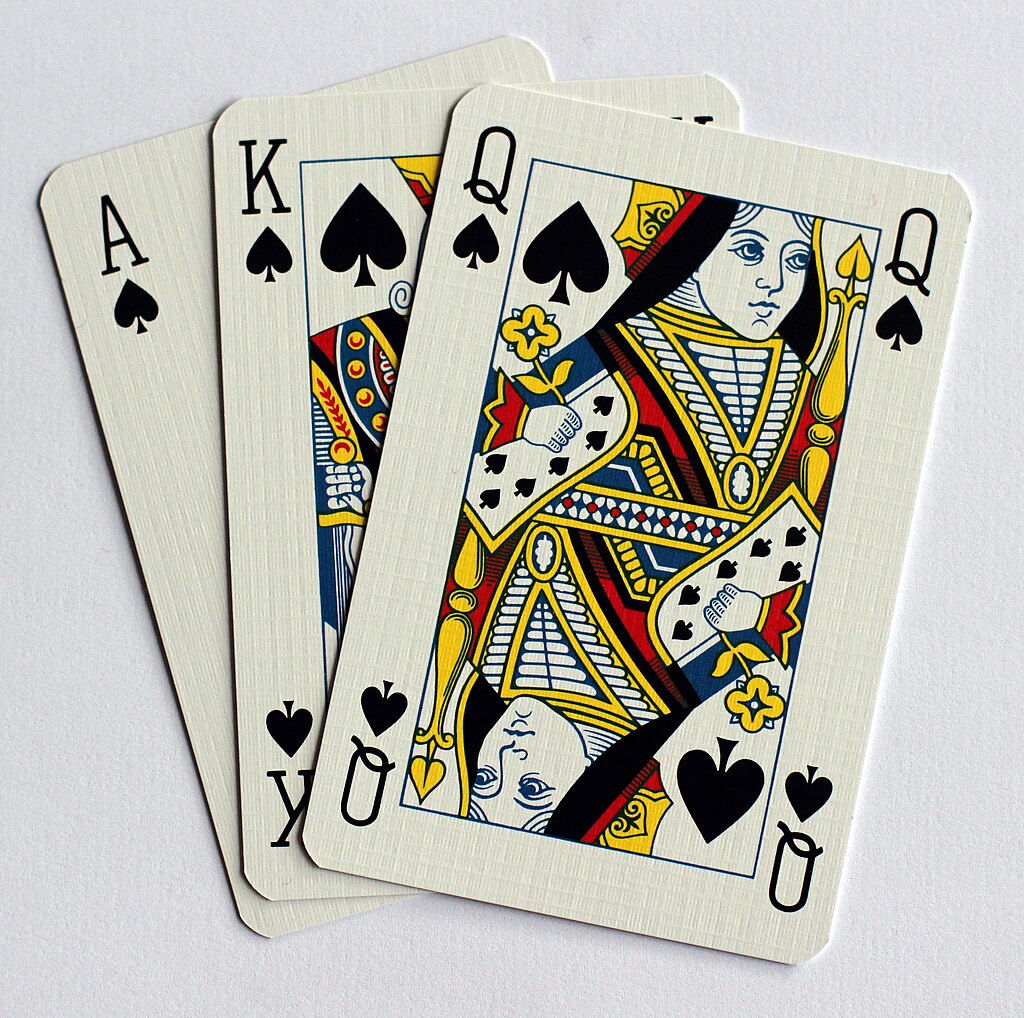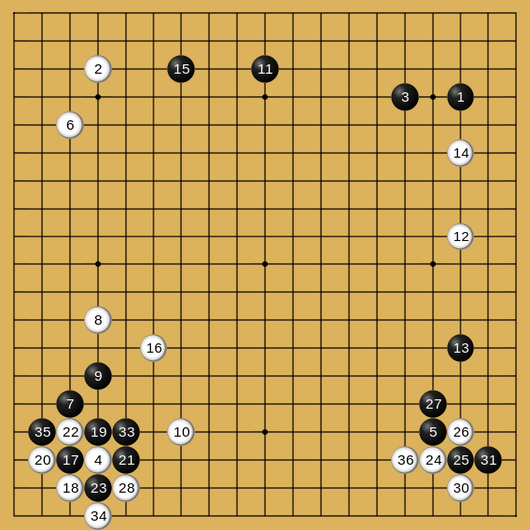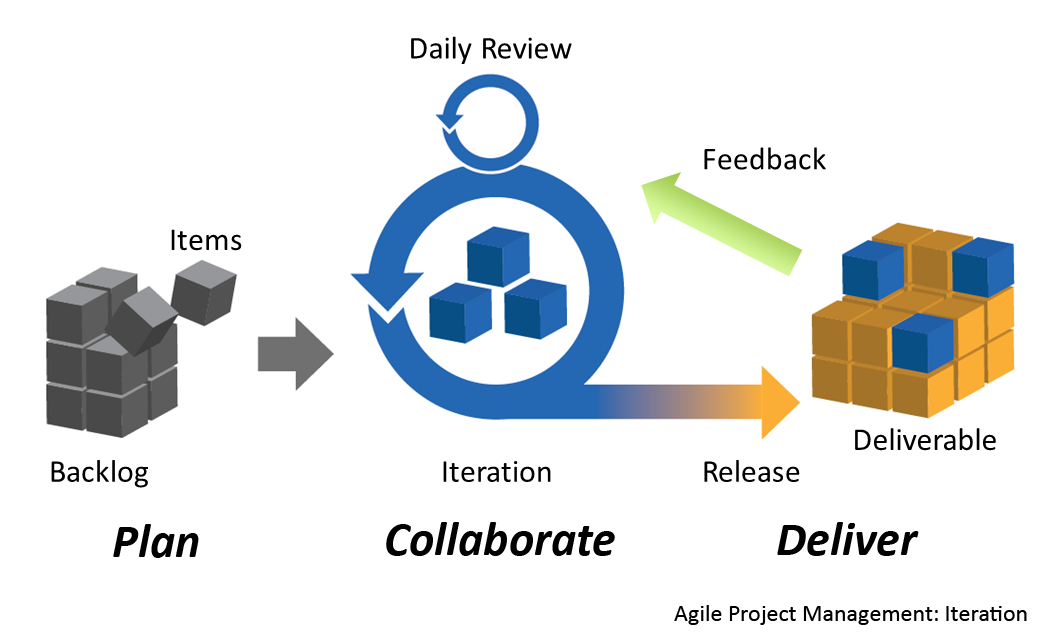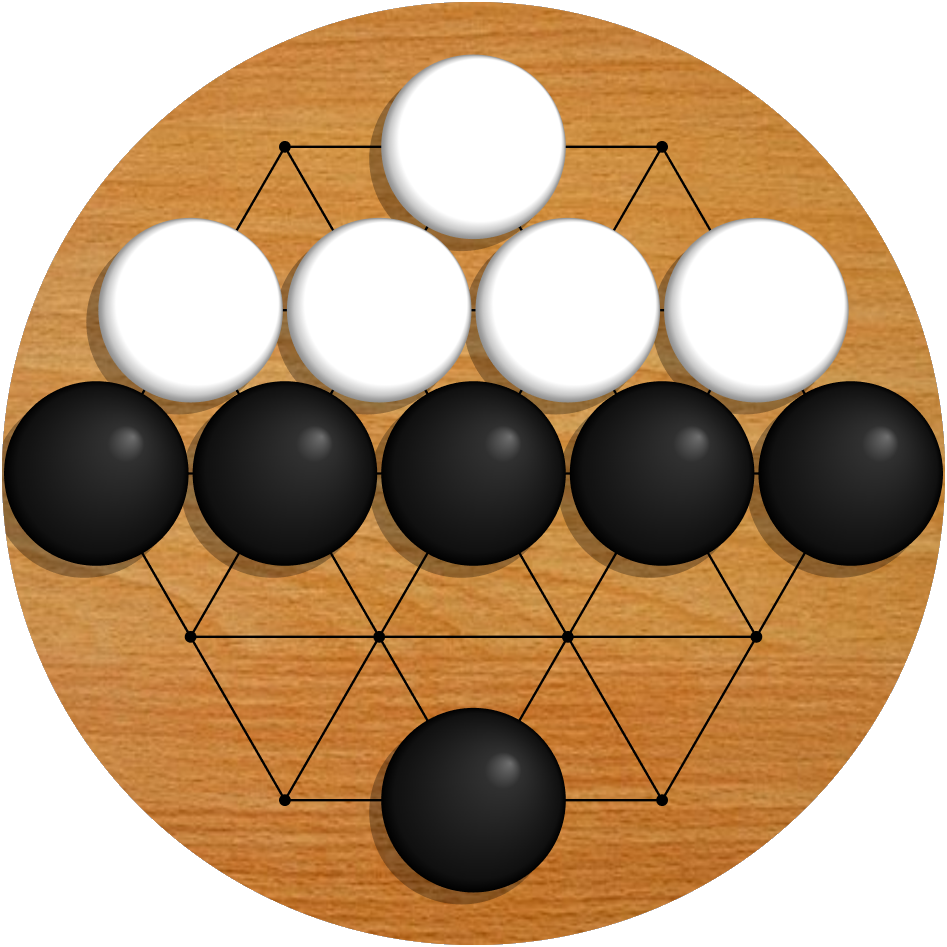
Meet John Sullivan, the Creator of Badux
When I was a kid, the first job I ever wanted was to make computer games. I remember designing games in detail on a pad of graph paper. One game idea that I was most passionate about, I called Roscoe’s Games, which was to offer a variety of novel card games and puzzles for the user to work through.
I did end up writing software for a living, but I wasn’t writing games. I spent time coding for genomics researchers, medical researchers, marketing, retail, and insurance companies, among others. Because I was never terribly passionate about the what I was coding about, I focused in on something that I was passionate about: software engineering. I voraciously taught myself about good software engineering process and practices. And now that I have some freedom to return to my passion for games, and game design and implementation, I can apply all the software engineering knowledge I have accumulated to my new-found passion.
Game Variations

Wikimedia Commons (public domain)
One game that I have always loved is the card game called Hearts. A friend of the family taught us when I was a young teen, but it was really in college that I started playing seriously. Hearts has a lot of variations, but one of the rules that is almost always included is: You cannot play the Queen of Spades on the first trick. The queen is half of the points of a hand, and you don’t want points, so dropping a queen on the first trick was a cold shot and a surprise. Too much for the vast majority of hearts players, but for my friend circle in college, it added an extra spice to an already volatile and unpredictable game.
I’ve played Hearts on a lot of game servers over the years, but I have never found a server that supported playing the Queen on the first trick. Game variations are typically kept to a minimum. One server might offer the option of -10 for the Jack of Diamonds, but sometimes people play with the Jack at -11. I’ve never seen a server that supported both. Time per move is hardcoded. Other variations we played in college, such as three-person or five-person, are just not supported.
Honestly, for decades, I’ve wanted to write a Hearts server that supported all kinds of game variations, including dropping the Queen on the first trick. And maybe I’ll still get the chance!
Why Badux?

Wikimedia Commons (public domain)
I’ve been playing the game of Go for over a decade now. I’m not good, but I love to play, and I love to watch and learn. It’s such an amazingly rich game. Its rules are so simple and elegant, there simply is not a lot of room for tasteful game variations. Unless, unless… Unless maybe you started messing with the game topology itself! As a kid, I used to love hex graph paper, and all kinds of games that were played on a hex board, rather than a standard square board layout. When I came up with the idea of playing Go on a hex board, it seemed really interesting to me. But it was over a year before I decided to go ahead and write it.
I started with a proof-of-concept (PoC) — the most basic implementation I could have that would allow me to play games against myself. First and foremost, I needed to know if the game play would work. Once it was written, I played many games against myself, to see how the game play felt, and to make sure there weren’t any awkward spots. It felt right, so I started working on my MVP, or minimum viable product. This is the minimum feature set that I would need to get people to play.
When I released my MVP in September this year, I expected to find a lot of bugs coming to the surface. And that did happen. But a lot of other, more subtle usability problems came up as well. Things that I really want to fix before I start investing in marketing or advertising. For instance, I originally envisioned people creating an account in order to play games. Now, just a couple weeks after my initial release, it is crystal clear that I need to lower the barrier of entry as low as possible: There should be zero friction for a new visitor to begin playing games. So I’m working on creating guest accounts at the moment, which is a major undertaking.
Software Engineering Philosophy

Wikimedia Commons (CC BY-SA 3.0)
Game variants are hard, because software is hard. It’s easy to write that initial version, but without proper care put into code cleanliness, testing, and automation, every successive version becomes harder to maintain. Good engineering practices take time and effort, and don’t seem worth it in the early days, when things are moving quickly. But development teams quickly find themselves slowing down, and unable to go back and apply best practices without big costs, that management is typically unwilling to pay. Until things come to a crisis.
My software engineering philosophy is all about adopting best practices from the very beginning, and continually throughout the life of the project. The upfront cost, and ongoing costs, paid for establishing and maintaining best practices, pays dividends going forward, as we are continuously able to be agile and flexible as we add new features, and expand on existing ones.
Some key tenets of my software engineering philosophy include:
- Agile development
- Functional testing
- High-coverage testing
- Automation
- One-command builds and test suites
- Automatic test coverage reports
- Continuous integration: full build and test on every commit
- Cloud-native DevOps
- Clean code
- Functional and effectful programming
- Domain Driven Design
Badux Go is still in its infancy, but by following these engineering principles, we’ll be building a platform that will remain flexible and robust enough to support an ever widening variety of game variations.
Want to connect? Join our Discord or play Badux Go
